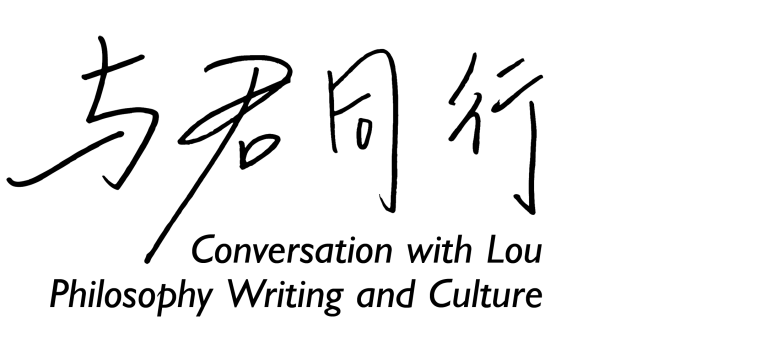After social-distancing measures lifted, cities in Hubei province aim to reopen local businesses. But could the economy of Hubei, which is heavily relying on private sector’s growth to create jobs, be restarting smoothly? In Tome Loulin’s observation in Qianjiang, a small city in Hubei province, there are some silver-linings in a pandemic-ravaged city aiming to reopen its economy.
It has lightly rained hours ago in Qianjiang, a small city in the central China province of Hubei, but now the rain has stopped and the sky darkened with evening breezes flowing through sidewalks. With such an opaque and humid weather condition, streets in the city have been half filled by cars.
Businesses that reopened have mostly been eateries, fruit shops and groceries. Just half past seven, an eatery mainly serving Zhájiàngmiàn and Hot peanut-jammed noodle, or Règānmiàn, which first originated from the city of Wuhan, had just closed its daily service; the owner of the shop, a short-haired young man wearing a purple apron shut the door off; his face seemed emotionless. In ‘the Crayfish Street of Qianjiang’—a nearby road sign suggested—a local attraction known for its sophisticated crayfish cuisine, diners used to be waiting before the entrances of certain local eateries serving crayfish on the street for their turns to dine inside, not this time, owing to the stringent travel restrictions to prevent a second wave of the outbreak. There was only a smattering of customers eating inside eateries which remained all but deserted, bustling no more.
China’s economy has shrunk 6.8 per cent in the first three months of the year compared with a year ago for the first time since 1976, according to the New York Times. “Many people were only buying necessities these days” an interviewee in Beijing said to the Times in the same report. The recessive atmosphere could be obviously felt among pedestrians on the streets who pass roads by without any emotion; only car-horns and ambulance sirens could be heard. The city turned quiet.
“Damned, I forgot to take my mask.” A stroller passing me by and turning back to his store to pick his mask mouthed that loudly to himself. People seemed much restrained emotionally since only their eyes could be seen while walking on the streets.
There were signs of returning to normal. A patron sitting before a dining table in a restaurant, Shāxiànxiaochī, eats his helping while looking on his mobile phone concentratedly; the chef, also the owner of the restaurant, a lady seemingly in her late fifties, with her face mask sliding down to her jaw and hanging on her ears, was wiping her hands clean with a dishcloth. The restaurant brightly lit seemed clean and cozy. Anyhow, people got to eat and they may find their consolation from food, especially at such a cold spring night that nothing could be much wormer than eating a noodle with localized flavor.

As the pandemic interrupted global supply chain, some local businesses aiming overseas markets in Hubei struggled to resume production. A manager of a lotus root plant in Jianglin, a county in Hubei province, said that his company has not shipped its lotus root products to the customers in the US for nearly a week due to an ongoing ban put by the US, Canada and other countries on such products, adding that this year is the most difficult one since the founding of his plant in 2015, according to China Daily
Mr. Xiao, owner of a barbershop in Wuhan said his shop has only served 4 patrons for hair styling from April 8th till now and felt pressured under expenditure on rent but relieved since the landowner of his shop exempted his rent for one month. Though customers were drastically reduced, Xiao feels optimistic about future improvement on profit of his barber shop, according to Hubei Daily.
In a hospital on the Crayfish street, a triage nurse still wore a hazmat suit sitting behind the reception desk; only emergency room was opened for patients. On the opposite of the hospital was a local restaurant, known for its sought-after crayfish dish, and whose signs shone vividly at the night of Qianjiang presented a rare prosperous vision of economic recovery in the future at this currently deserted street.
In a newly opened snack shop near the ‘Crayfish Street’ months ago, the cashier inside sat on a chair, motionless, concentrated on his mobile phone and whose shop lit darkly instead.
References:
1China’s economy shrinks, ending a nearly half-century of growth by Keith Bradsher.—The New York Times, April 16, 2020.
2Falling demands overseas hit lotus root industry in Hubei—China Daily, April, 20, 2020
3Barber customer traffic 30 percent recovered.—Hubei Daily
Discover more from Philosophical Imagination, Aesthetics and Creative Writing
Subscribe to get the latest posts sent to your email.


You must be logged in to post a comment.